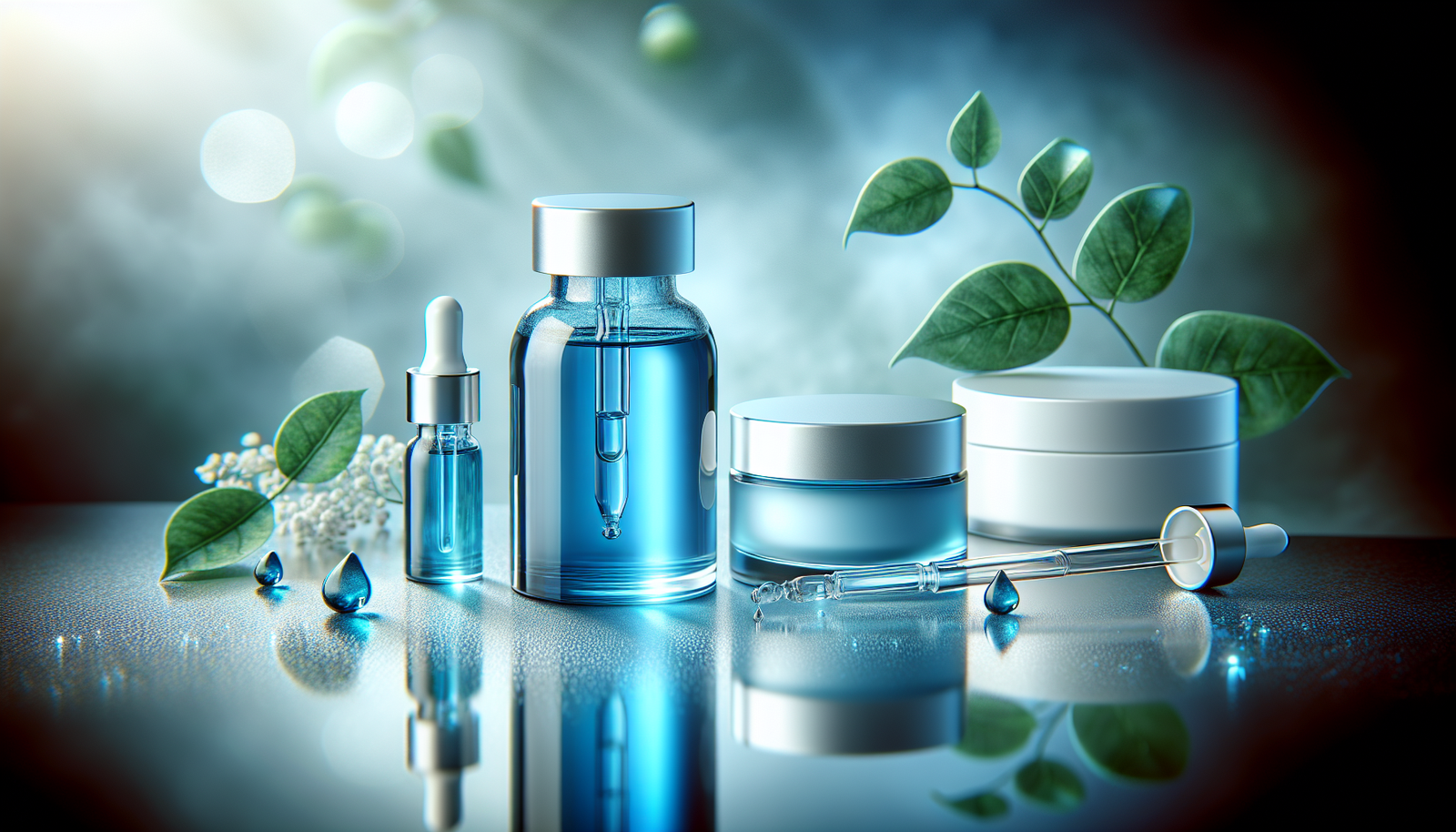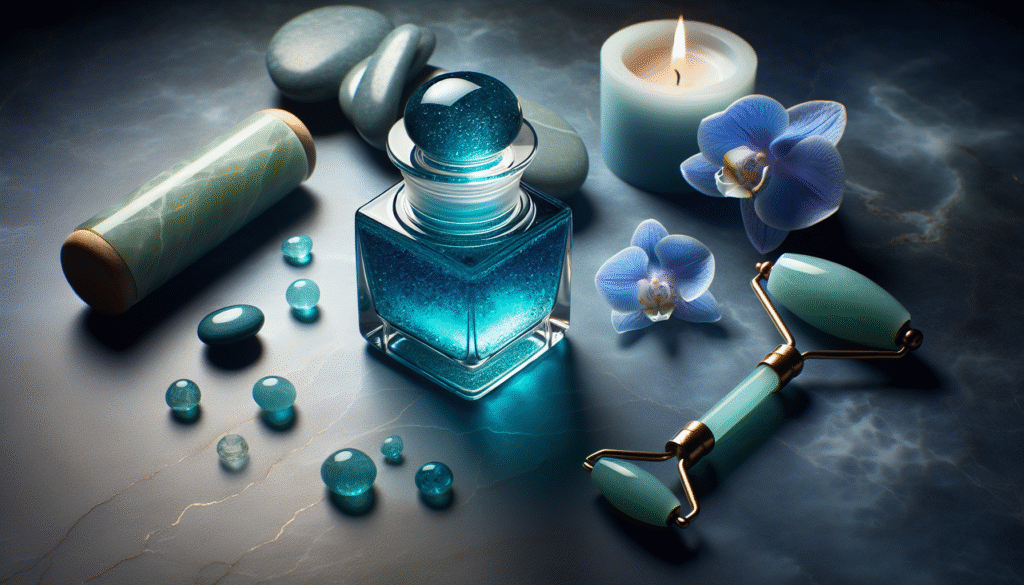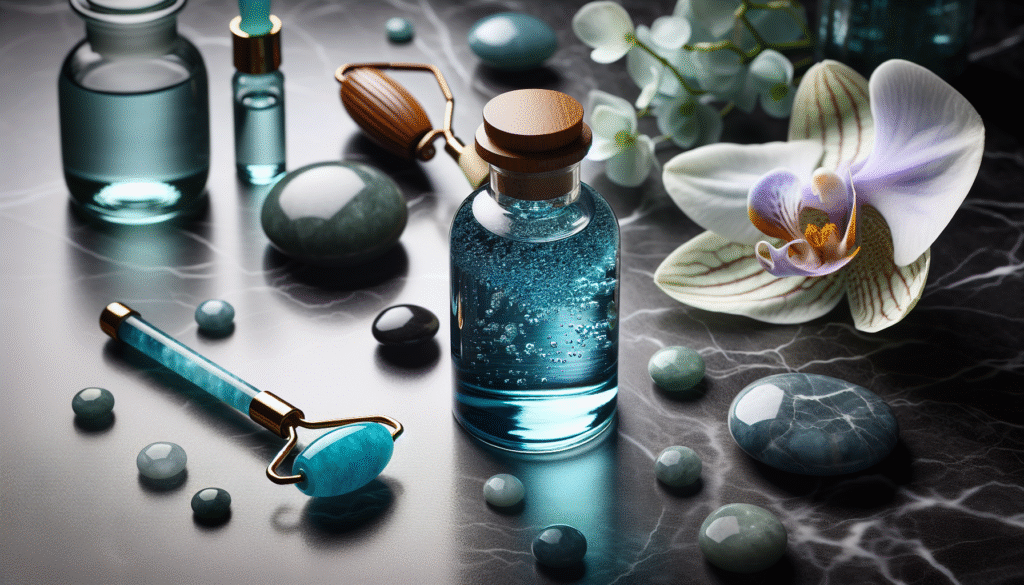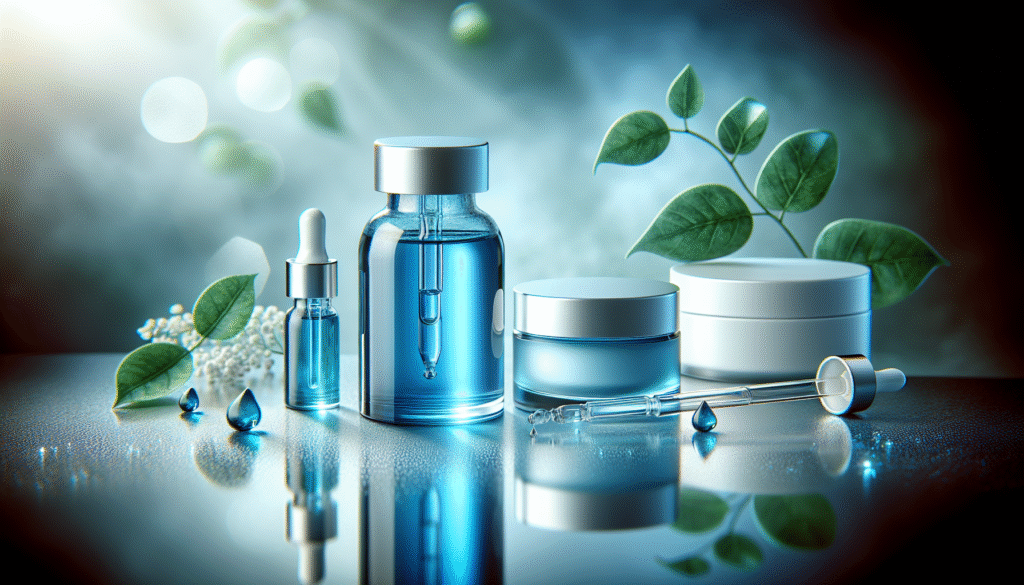
Have you ever found yourself wondering whether Methylene Blue could be the key to unlocking timeless skin? As the quest for effective anti-aging solutions continues, this chemical compound often surfaces, shrouded in both fascination and skepticism. In this discussion, we will demystify the claims surrounding Methylene Blue, separating the myths from the scientifically supported facts regarding its role in anti-aging.
Understanding Methylene Blue
Methylene Blue is not a new compound; it was first synthesized in the late 19th century and has been utilized in various medical applications, primarily as a dye and an antiseptic. In recent years, however, it has gained attention in the field of anti-aging and longevity research due to its purported ability to enhance mitochondrial function and reduce oxidative stress in cells.
The Science of Mitochondria
Mitochondria are often referred to as the powerhouses of the cell, responsible for producing adenosine triphosphate (ATP), the energy currency of cells. Over time, mitochondrial function can decline, leading to decreased energy production and increased oxidative stress—two factors that contribute significantly to the aging process.
Methylene Blue is believed to act as a mitochondrial enhancer. It can accept and donate electrons within the mitochondrial electron transport chain, promoting improved ATP production. This function has sparked interest in how it might contribute to anti-aging effects and overall cellular health.
Common Myths Surrounding Methylene Blue
Interestingly, with any emerging trend in health and wellness, various myths can begin to proliferate. Below are several common misconceptions regarding Methylene Blue and its anti-aging implications.
Myth 1: Methylene Blue Is a Miracle Cure for Aging
While it is tempting to think of Methylene Blue as a panacea that can reverse the aging process, the reality is more nuanced. No single compound can halt or reverse aging entirely. Instead, Methylene Blue might play a supportive role in a broader anti-aging regimen, which should include a balanced diet, exercise, and proper skincare.
Myth 2: Methylene Blue Is Completely Safe with No Side Effects
Although Methylene Blue has established safety in medical applications, it is not devoid of risks. Potential side effects can include skin irritation, headaches, and gastrointestinal issues, especially in higher doses. It is imperative to consult healthcare professionals before incorporating any new substance into your health routine.
Myth 3: All Methylene Blue Is Created Equal
Not all formulations of Methylene Blue are designed for human consumption. The quality, purity, and concentration can vary significantly between products. Ensuring that you select a reputable source is crucial if you choose to use this compound.

Research Supporting Methylene Blue’s Role in Anti-Aging
Although myths abound, scientific research provides insight into Methylene Blue’s potential. Several studies have indicated promising effects on cellular health, energy production, and even neuroprotection.
Enhanced Mitochondrial Function
Research suggests that Methylene Blue can enhance mitochondrial function by reducing the production of reactive oxygen species (ROS) and improving ATP synthesis. One study demonstrated that low doses could stimulate mitochondrial biogenesis, which might counteract some degenerative effects of aging.
| Study | Findings |
|---|---|
| G, et al. (2017) | Demonstrated Methylene Blue’s role in enhancing mitochondrial biogenesis in mouse models. |
| A, et al. (2018) | Observed decreased oxidative stress markers in human cells treated with Methylene Blue. |
Neuroprotective Effects
The neuroprotective potential of Methylene Blue has also garnered attention. It is being studied for its ability to protect against neurodegenerative diseases, such as Alzheimer’s and Parkinson’s. By improving cellular respiration and reducing oxidative stress in the brain, Methylene Blue may enhance cognitive function and delay age-related decline.
Possible Benefits for Skin Health
Some anecdotal evidence suggests that Methylene Blue may improve skin health by promoting collagen production and enhancing the skin’s elasticity. While more robust clinical trials are needed, preliminary findings indicate potential benefits for cellular repair processes in dermal tissues.
Proper Use and Administration of Methylene Blue
If you consider incorporating Methylene Blue into your anti-aging regimen, understanding the proper dosage and administration is crucial.
Dosage Considerations
The appropriate dosage of Methylene Blue can vary based on the application and individual tolerance. For general mitochondrial support, research has often employed dosages ranging from 0.5 to 5 mg/kg. However, it is vital to start low and observe how your body responds.
Administration Methods
Methylene Blue can be administered in various forms, including oral tablets, liquid solutions, or topical applications. The delivery method may influence its efficacy:
- Oral – Commonly used in supplements; be cautious of purity.
- Topical – May offer localized benefits for the skin.
- Intravenous – Typically used in medical settings for acute conditions.

Safety Considerations When Using Methylene Blue
As you engage with Methylene Blue, awareness of its safety profile is critical.
Potential Drug Interactions
Methylene Blue can interact with various medications, particularly those affecting serotonin levels, such as antidepressants or certain pain relievers. This can lead to serious side effects, including serotonin syndrome. Consulting a healthcare provider ensures you are not placing yourself at unnecessary risk.
Allergic Reactions and Sensitivities
Individuals may have sensitivities or allergic reactions to Methylene Blue, resulting in skin rashes or gastrointestinal distress. Testing with small doses can help gauge your tolerance before proceeding with regular use.
Integrating Methylene Blue Into Your Anti-Aging Regimen
If you decide to incorporate Methylene Blue into your anti-aging strategy, doing so thoughtfully is essential. It should complement a comprehensive approach to health and wellness.
Combining Methylene Blue with Other Anti-Aging Ingredients
Several other supplements and natural ingredients work synergistically with Methylene Blue to promote anti-aging effects.
| Complementary Ingredient | Benefits |
|---|---|
| Resveratrol | An antioxidant that mimics calorie restriction and has anti-inflammatory properties. |
| Coenzyme Q10 | Supports ATP production and reduces oxidative stress in cells. |
| Curcumin | Reduces inflammation and oxidative damage while promoting cognitive health. |
Lifestyle Factors to Consider
In addition to supplements, adopting lifestyle changes can significantly enhance your anti-aging efforts.
- Nutrition – Consuming a diet rich in antioxidants, vitamins, and healthy fats can bolster cellular health.
- Hydration – Drinking sufficient water aids in cellular functions and maintains skin elasticity.
- Exercise – Regular physical activity improves circulation and promotes mitochondrial health.

Assessing Your Results
If you choose to pursue Methylene Blue for its potential anti-aging benefits, tracking your results is advisable. You might notice changes in skin texture, energy levels, or cognitive function. Keep a journal to record your experiences, but remain patient as the effects may take time to manifest.
Signs of Improvement
Increased energy, enhanced skin appearance, and improved cognitive clarity may serve as indicators of Methylene Blue’s effectiveness.
Monitoring for Side Effects
Pay attention to any adverse effects you may experience. If any persistent discomfort arises, discontinue use and consult a healthcare professional.
Conclusion: The Future of Methylene Blue in Anti-Aging
The conversation surrounding Methylene Blue in the context of anti-aging remains vibrant and evolving. While research offers glimmers of hope regarding its potential benefits, a balanced understanding of its limitations, safety, and mechanisms is essential.
Embracing a holistic approach toward health, combining Methylene Blue with other lifestyle choices and evidence-based practices, is your best strategy for promoting longevity and vitality. Engaging with reliable sources and healthcare providers ensures that your journey into the realm of anti-aging is as informed as it is transformative.
As you weigh the potential of Methylene Blue, keep in mind that the path to aging gracefully is multifaceted, and no one solution will ever stand alone. You have the power to create a comprehensive, personalized approach to your health, one that transcends myths and embraces facts.
